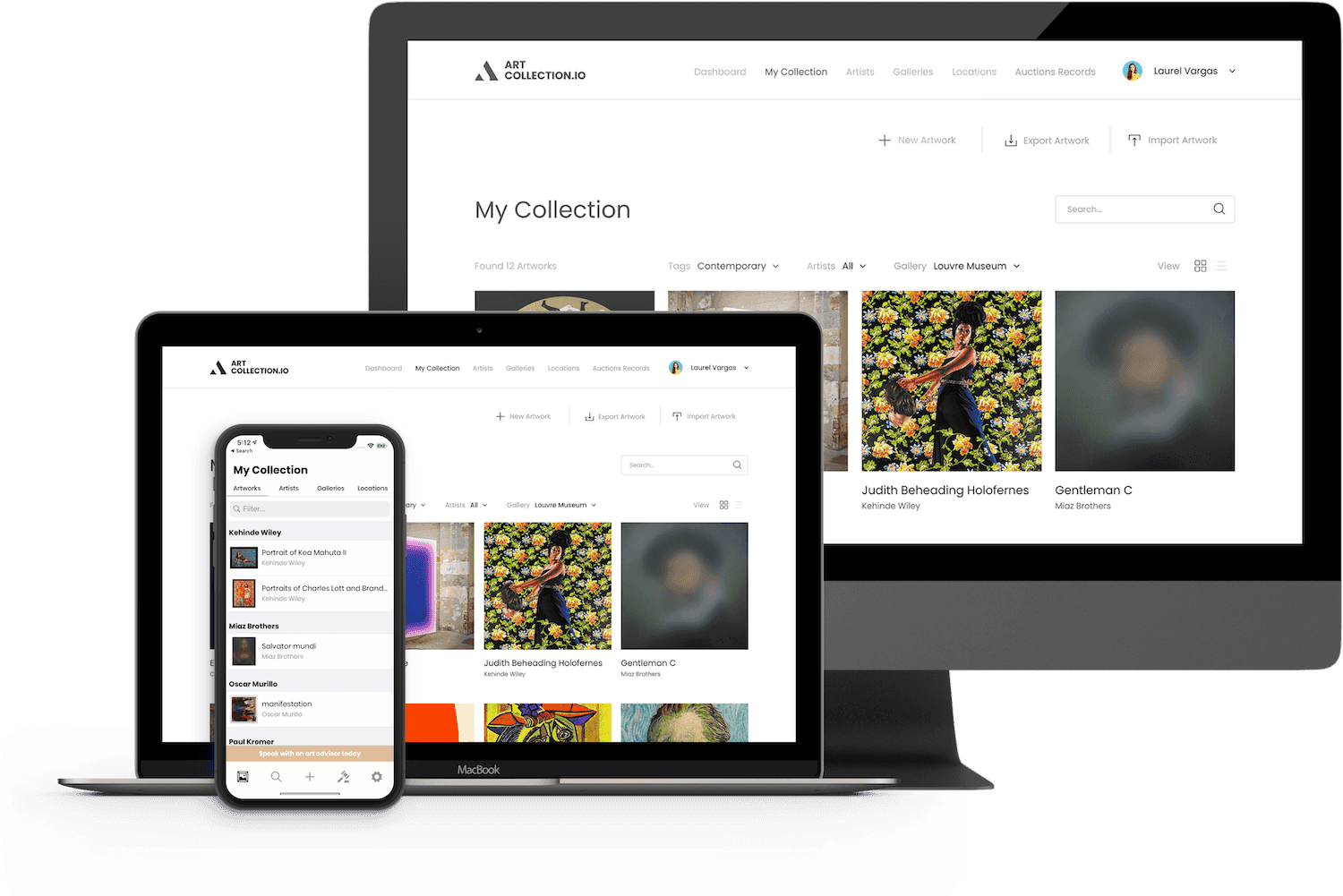Painter, sculptor, goldsmith, and architect. He studied at the Cristóbal Rojas School of Fine and Applied Arts of Caracas, and then at the Taller Libre de Arte between 1948 and 1950. He lived and worked in Paris from 1950-1956, where he associated with members of Los Disidentes group. He returned to Venezuela in 1956 and became the Art director of the magazine Integral until 1959. He returned to Paris and from 1960 to 1963, he studied itching techniques at the École Nationale Supérieure des Beaux-Arts, in the Collège de France and the École du Louvre. In 1966 Carreño founded in Caracas the Expansionist Group in and publishes the First Expansionist Manifesto. He teaches at the School of Visual Arts Cristóbal Rojas from 1967 to 1979. The Central University of Venezuela granted him the title of architect in 1991. He got the National Arts Award in 1972, in addition to the Ateneo de Valencia, in 1973 the Arturo Michelena Award, and the order Andrés Bello in 1978. In the 1950s, he boosted Expansionism, after his brief pass through the geometric figuration. His reliefs, which include metallic elements, object paintings (portholes), and convertible polyptics, among others, became distinctive of his artistic poetics. He worked on the Project of Integration of the Arts at the University of Caracas. Between 1960 and 1965 he tried Informalism, in order to return afterward to the channels of geometric abstraction. Among his most important solo exhibitions are Taller Libre de Arte (Caracas, 1950); “Œuvres récentes”, Galerie Suzanne Michel (Paris, 1954); “Antológica abstracta, 1950-1955”, Sociedad Venezolana de Arquitectos (Caracas, 1955); Museo de Bellas Artes (Caracas, 1965); “Exposición antológica 1950-1983”, Museo Español de Arte Contemporáneo (Madrid, 1983-84); “Vuelta sobre los pasos. Relieves, 1992-1994”, Durban Gallery (Caracas, 1994); “La pintura en el espacio” Centro de Arte La Estancia (Caracas, 2010). His works are in museums and collections including, among others: The Museum of Geometric and MADÍ Art (Dallas, Texas, USA); Museo de Arte Contemporáneo de Caracas Sofía (Caracas, Venezuela); Ella Fontanals-Cisneros Collection (Miami, USA) and Patricia Phelps de Cisneros Collection (Caracas, Venezuela).







